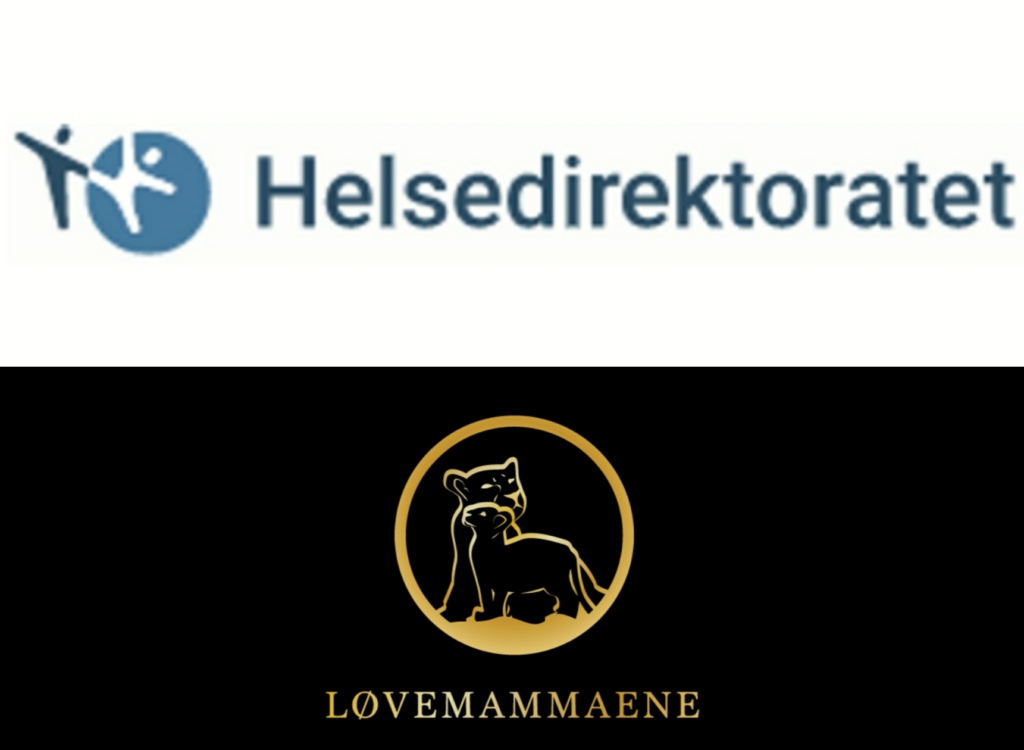THE LION MOTHERS, THE DIRECTORATE OF HEALTH AND CHILD CARE

The Løvemammaene's child palliation committee was at an important meeting with the Norwegian Directorate of Health today. It was a good meeting where we got to say something about what we believe is the need within the difficult field of child palliation.
Catharina Dørumsgard, Anne Kristine Risvand Myrseth, Marlene Ramberg, Eline Grelland Røkholt and Nina Bakkefjord participated from our committee.
The Løvemammaenes Child Palliative Committee has a great commitment to the strengthening of the child palliative field in the country, including in particular the insufficient financial funding of child palliative teams in every health institution, and in all hospitals with children's wards. Children who are going to die will always be a losing party in the competition for what a healthcare organization should set aside enough money for.
The lion mothers therefore work for earmarked funds for 24-hour child palliative teams. No parent should have to sit alone with a child who is going to die.
We believe that it is very important that the government considers earmarking precisely in relation to the palliation services for children within the health institutions, precisely because dying children will always be a losing party.
Children who are going to die will always be a losing party in the competition for what a healthcare organization should set aside enough money for.
Løvemammaene's child palliation committee informed that the offer of children's hospice in Kristiansand will reach a very marginal proportion of children in the palliative phase, and at the same time exclude children with complex medical needs. Children's hospice shall not offer treatment. This alone excludes many children who are dependent on complicated medical treatment on a daily basis and have needed this for many years of their lives.
The Lion Mothers are particularly concerned about those families where the seriously ill children have complicated and complex medical needs. It is the same families, who from before often have inadequate services in their own municipalities, who also have children who are too sick to be able to use a children's hospice service. In reality, they are not left with a single choice. The municipalities too often lack both willingness, competence and resources, and the offers the municipalities come up with are often far from what is recommended by the specialist health service. We are concerned about the offers the families do not get, but also about the offers they actually get.
The families, but also the municipalities, currently lack the follow-up they should have had in a 24-hour child palliation team. The parents bear an enormous amount of responsibility alone. A responsibility they have in addition to a grief they often have to deal with alone.
The skewed distribution of funds as the reality is today does not help these families.
2.2 million over three years for the children's palliation team at Oslo University Hospital, far from providing a well-functioning team. The capacity will be far too low. In health care in the west and health care in the middle of Norway, they have been eaten up with only 1 million for children's palliation teams. These are hopeless sums seen in the context of a large pot given to a measure above the national budget
We also brought up the topic of the National competence network, which we in Løvemammaene consider to be particularly important for raising competence, advice and guidance both for municipalities and the local hospitals.
We also highlighted the BPA scheme with health care as a particularly good scheme for these children. We asked the Norwegian Directorate of Health to take the opportunities with BPA into account when they are to assess relief measures for seriously ill children.
We experienced it as a constructive meeting where we met people who have an expertise politicians should listen to in the way forward.
- SUBJECTS: Current affairs, Child palliation, Interest political work, Our work
- Published:
- The lion mothers
- SUBJECTS: Current affairs, Child palliation, Interest political work, Our work
- Published:
- The lion mothers